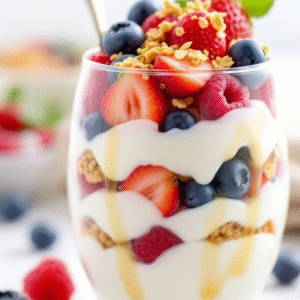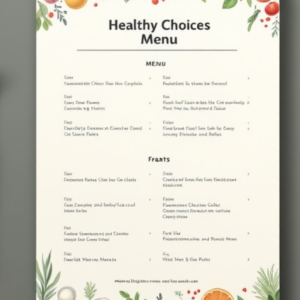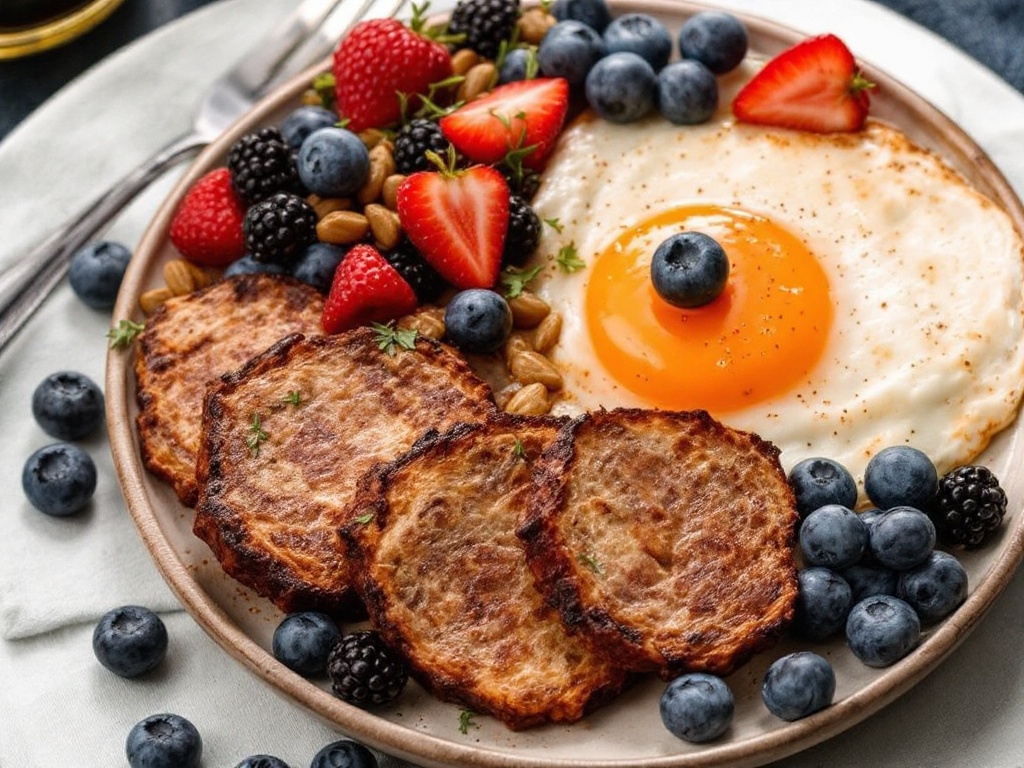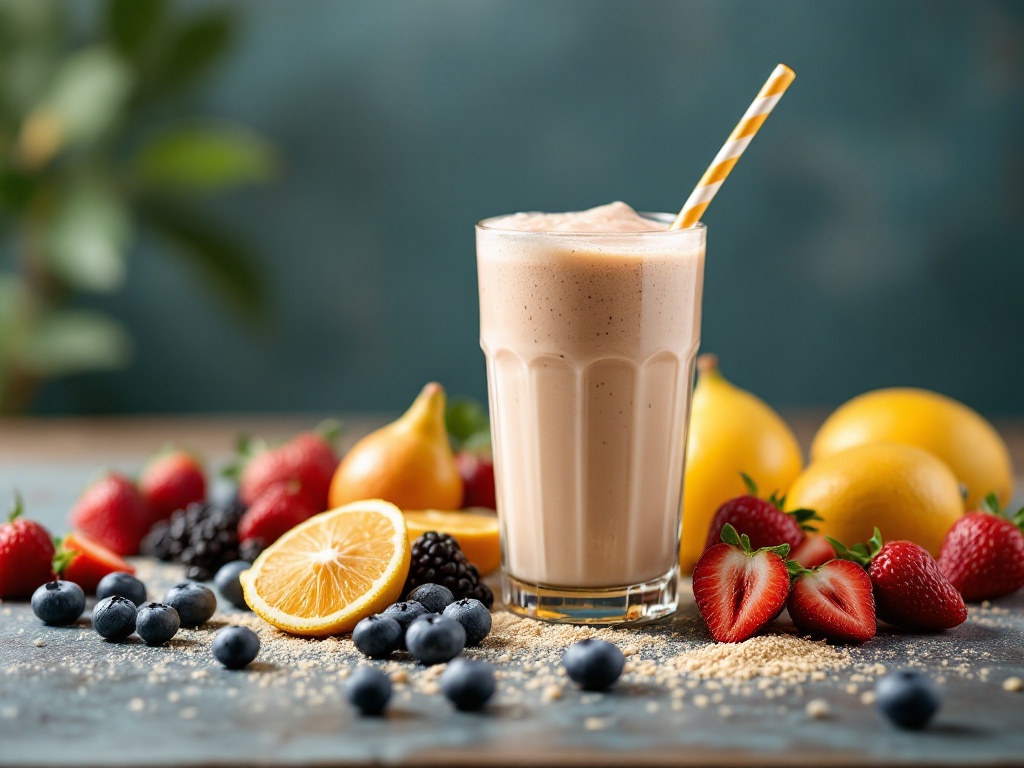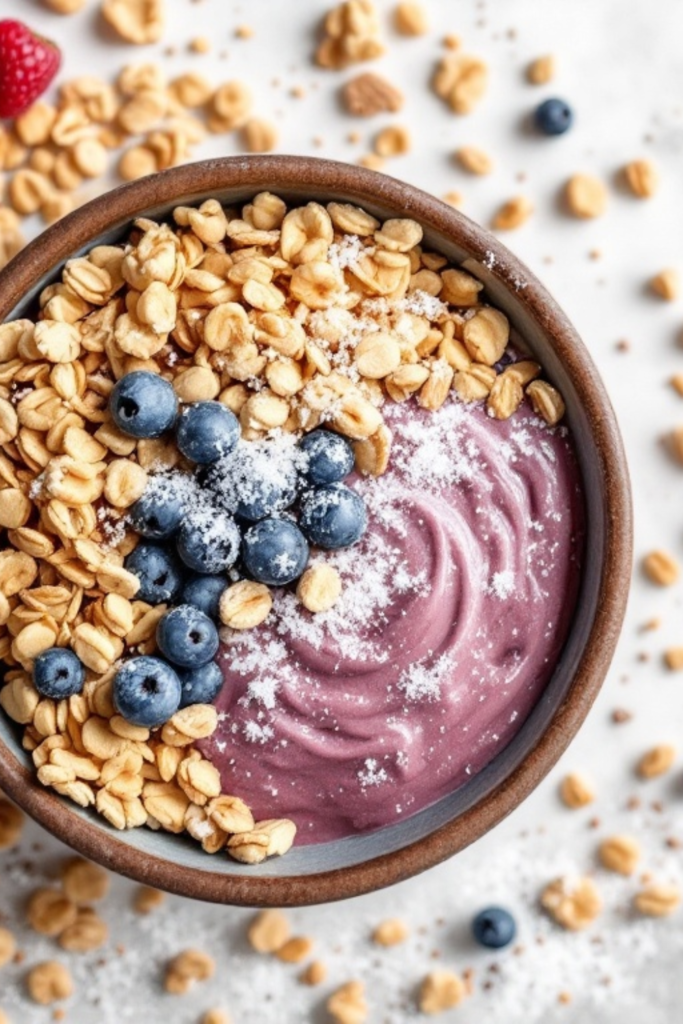
When it comes to weight loss, one of the biggest challenges is identifying hidden obstacles that sabotage your progress. One of these sneaky culprits? Hidden sugar. Even when you think you’re eating healthy, sugar can be lurking in some of the most unexpected places. Let’s dive into the world of hidden sugars, why they matter, and how you can avoid them to stay on track with your fitness goals.
Why Hidden Sugars Matter
Sugar, in its many forms, is a significant contributor to weight gain, energy crashes, and even long-term health issues like diabetes and heart disease. What makes hidden sugars particularly problematic is that they’re often found in foods marketed as “healthy.” This means you could be consuming far more sugar than you realize, even if you’re diligently following a “clean eating” plan.
Common Foods with Hidden Sugars
- Yogurt and Smoothies Yogurt is often seen as a healthy snack or breakfast option, but many flavored yogurts are packed with added sugars to enhance their taste. A typical “low-fat” fruit yogurt can contain up to 20 grams of added sugar per serving—nearly the same as a candy bar! Similarly, store-bought smoothies, especially those labeled as “all-natural,” can have as much sugar as a soda due to the fruit concentrates and sweeteners added to them.Pro Tip: Opt for plain Greek yogurt and sweeten it naturally with fresh berries or a drizzle of honey.
- Breakfast Cereals and Granola Breakfast cereals, even those labeled as “whole grain” or “fiber-rich,” are often sugar bombs in disguise. Granola, a favorite topping for smoothie bowls, can contain up to 12 grams of sugar per serving. The small serving sizes listed on the package can be misleading, as most people consume double or triple the recommended amount.Pro Tip: Choose unsweetened cereals or make your own granola at home with oats, nuts, and a touch of maple syrup.
- Protein and Energy Bars Protein bars are marketed as a convenient way to fuel your workouts, but many of them are glorified candy bars. Ingredients like brown rice syrup, agave nectar, and cane sugar add up quickly, with some bars containing as much as 25 grams of sugar.Pro Tip: Look for bars with fewer than 5 grams of sugar and made with whole-food ingredients like nuts and seeds.
- Salad Dressings and Sauces A salad might seem like a healthy choice, but the dressing you pour on top could be adding unnecessary sugar. Many store-bought dressings, especially “light” or “fat-free” versions, use sugar to enhance flavor. Similarly, barbecue sauce, ketchup, and pasta sauces can be loaded with added sugar.Pro Tip: Make your own dressings at home using olive oil, vinegar, and spices. For sauces, check the label and opt for brands with no added sugar.
- Nut Butters Peanut butter and other nut butters are excellent sources of healthy fats and protein, but some brands sneak in sugar to improve taste. This is especially true for flavored nut butters or those marketed as “reduced fat.”Pro Tip: Stick to natural nut butters with no added sugars or oils. The ingredient list should only include nuts and maybe a pinch of salt.
How to Spot Hidden Sugars
Reading food labels is one of the most effective ways to avoid hidden sugars. Here’s what to look for:
- Sugar Aliases: Sugar goes by many names, including high-fructose corn syrup, sucrose, dextrose, maltose, and fruit juice concentrate. If you see any of these in the first few ingredients, the product likely contains a high amount of sugar.
- Serving Sizes: Pay attention to the serving size listed on the package. Manufacturers often list unrealistically small serving sizes to make the sugar content appear lower.
- Total Sugar vs. Added Sugar: Look for the “added sugar” line on the nutrition label. This will tell you how much sugar has been added beyond what is naturally occurring in the food.
Practical Tips to Reduce Sugar Intake
Reducing sugar doesn’t mean you have to give up on flavor. Here are some actionable tips to help you cut back:
- Choose Whole Foods: Focus on whole, unprocessed foods like fruits, vegetables, nuts, seeds, and lean proteins. These foods are naturally low in sugar and high in nutrients.
- Sweeten Naturally: Use natural sweeteners like cinnamon, vanilla extract, or fresh fruit to add flavor to your meals and snacks.
- Plan Your Meals: Preparing your meals at home gives you full control over the ingredients, helping you avoid hidden sugars in restaurant or packaged foods.
- Hydrate Wisely: Sugary drinks are one of the biggest sources of hidden sugar. Stick to water, herbal teas, or unsweetened beverages.
The Impact of Cutting Back on Sugar
The benefits of reducing your sugar intake go far beyond weight loss. Many people report improved energy levels, better sleep, clearer skin, and enhanced focus after cutting back on sugar. Over time, your taste buds will adapt, and you’ll find that you no longer crave overly sweet foods.
Final Thoughts
Hidden sugars can be a sneaky roadblock on your journey to better health and weight loss. By being mindful of food labels, choosing whole foods, and making small but impactful changes to your diet, you can significantly reduce your sugar intake and see real results. Remember, it’s not about perfection—it’s about making informed choices that align with your goals.
Please check our Weight Loss Category here

